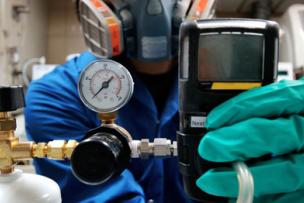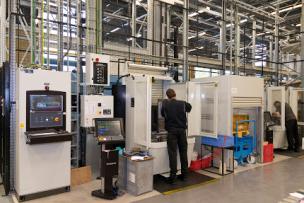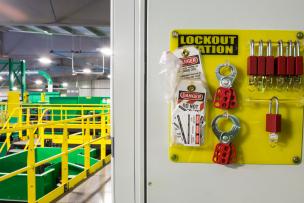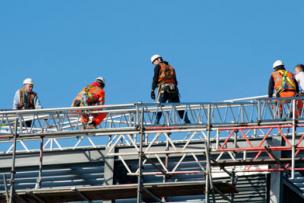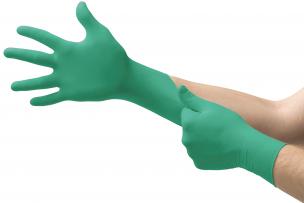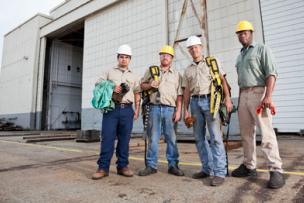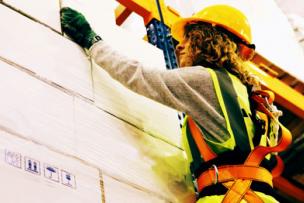Monitoring for toxic and explosive gasses is vital to employee safety—and mistakes can be deadly.
Knowing what leading edges are and how to guard workers from them can help facilities prevent falls and injuries.
Lean principles can help improve safety at metalworking facilities.
A variety of devices and tools are available to help manufacturing facilities implement a lockout/tagout program that helps their employees stay safe and meet OSHA requirements.
Safety railings and guardrail systems can help protect employees from falls, a leading cause of workplace safety violation citations.
Learn how to protect your workers from serious illnesses caused by bloodborne pathogens.
To offer workers better protection against a variety of exposures while still providing a robust, comfortable glove, Ansell developed the Microflex 93-850, a disposable chemical-resistant glove that represents the ultimate barrier protection for workers in demanding environments.
We asked John A. Dony of the National Safety Council’s Campbell Institute to weigh in on OSHA’s latest list of most frequently cited violations.
The 2018 OSHA top 10 list is out. See what’s new and top of mind for the regulator and enforcer of safety in the U.S.
According to the Bureau of Labor Statistics, nearly three out of every five workers injured are not wearing eye protection at the time of the accident.

